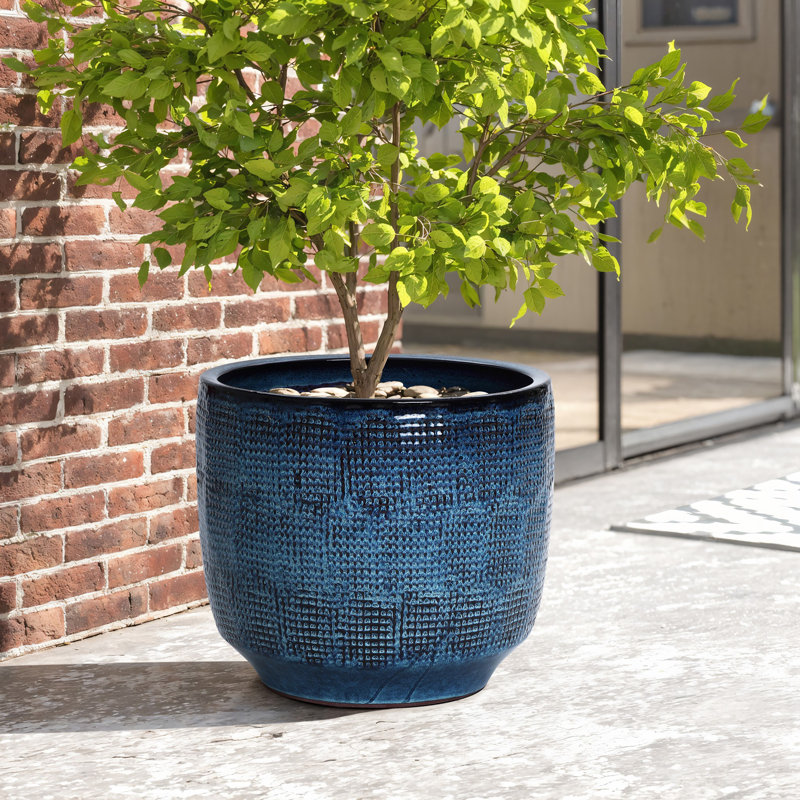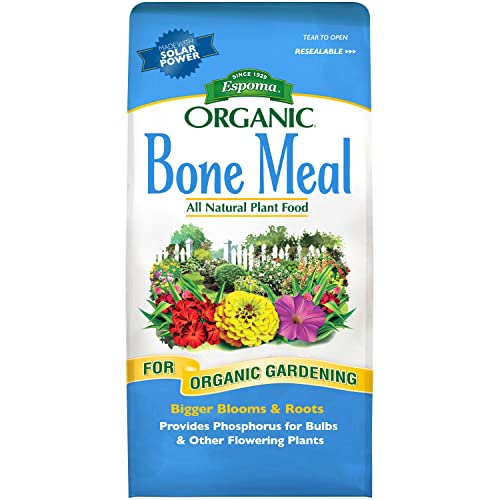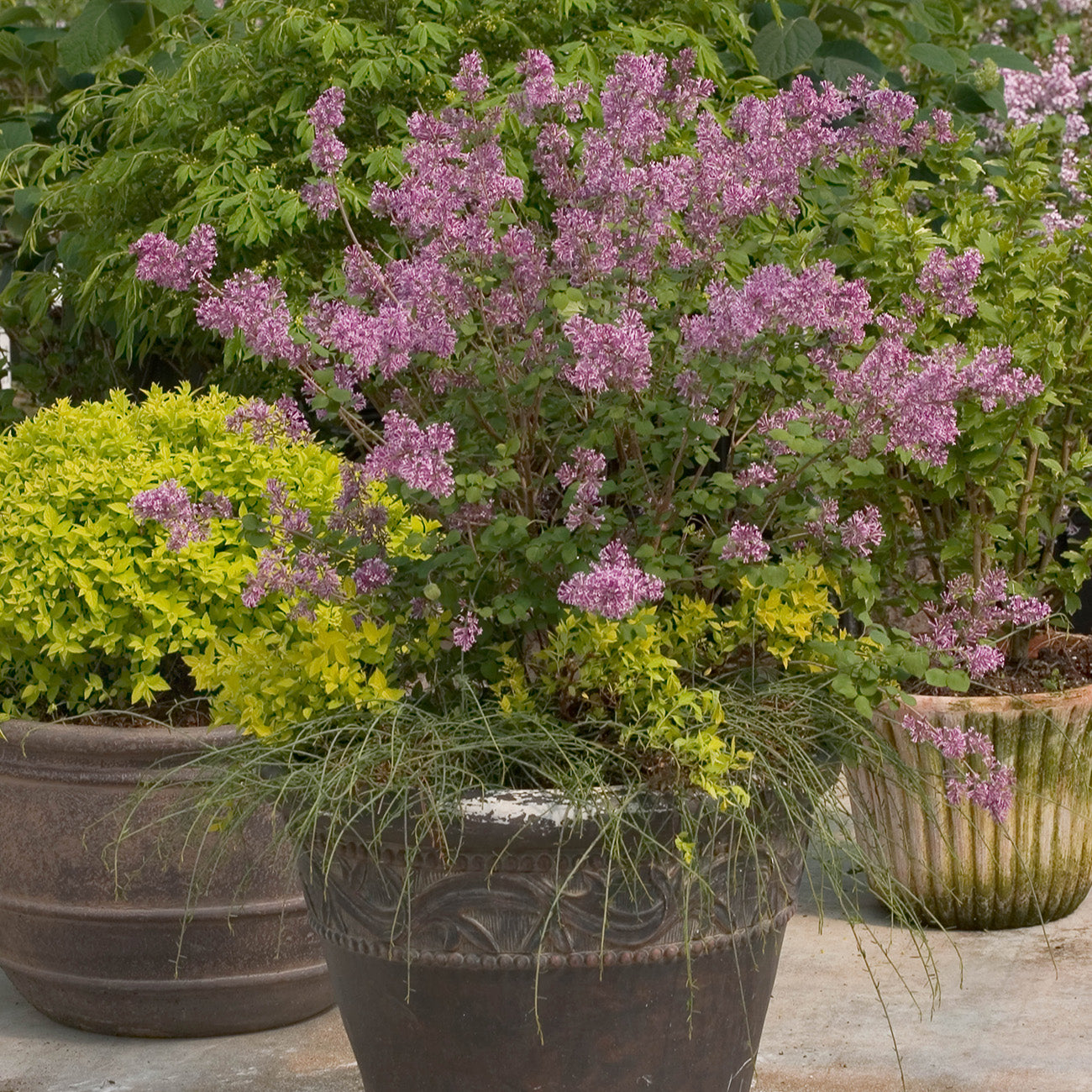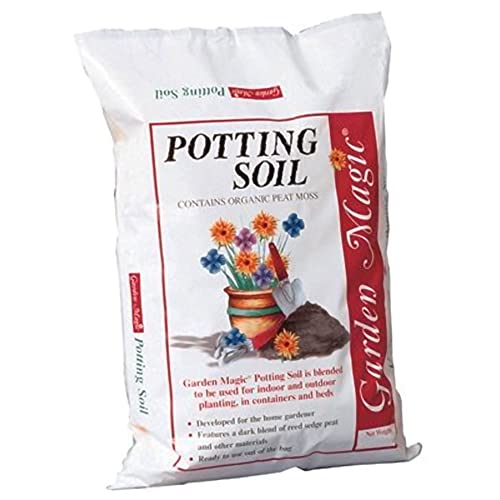How to grow lilac in pots – for a fragrant spring flowering shrub that will elevate even the smallest yards
Growing lilacs in pots is a great way to add a spring pop of color to patios and terraces
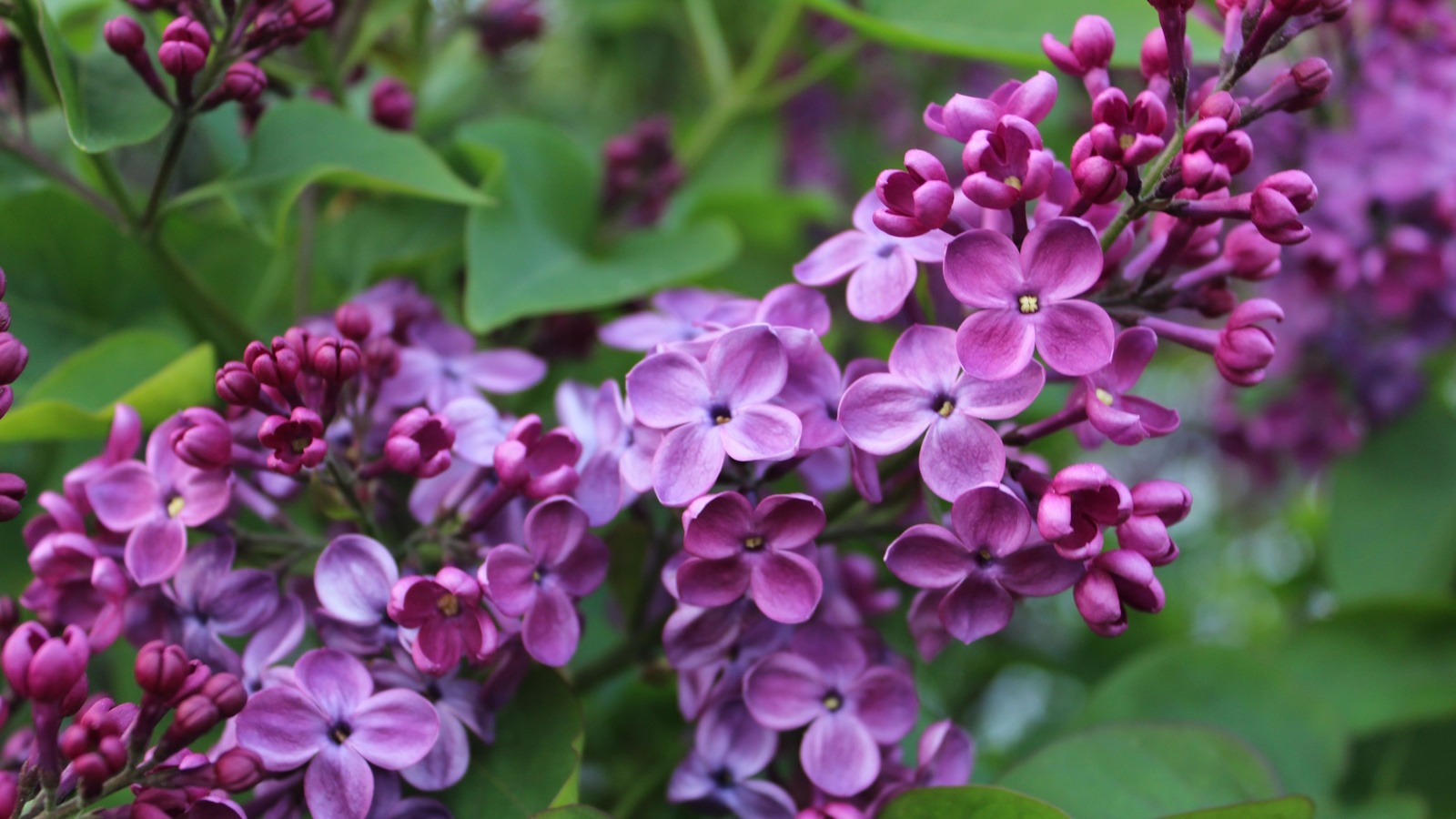

Learning how to grow lilac in pots is a good idea if you are looking to elevate container displays in compact yards. While you might think lilacs are out of reach - as they can grow upwards of 25 feet at full size - there are in fact many dwarf varieties ideal for pots.
In my family garden in South Wales, we have an old, gnarled lilac tree that can't be far off 20 feet. When covered with blooms in spring, it is a fragrant and colorful reminder that the growing season is in full swing. While you might not have the space for something quite this large, opting for a statement shrub in a pot will have much the same effect.
So, if you want to add some color and fragrance to your pot displays this year, consider learning how to grow lilac in pots. Whether you have a small balcony or a tiny terrace, lilacs are spectacular shrubs that you won't regret adding to your collection. Here, one garden expert from New Jersey reveals all you need to know.
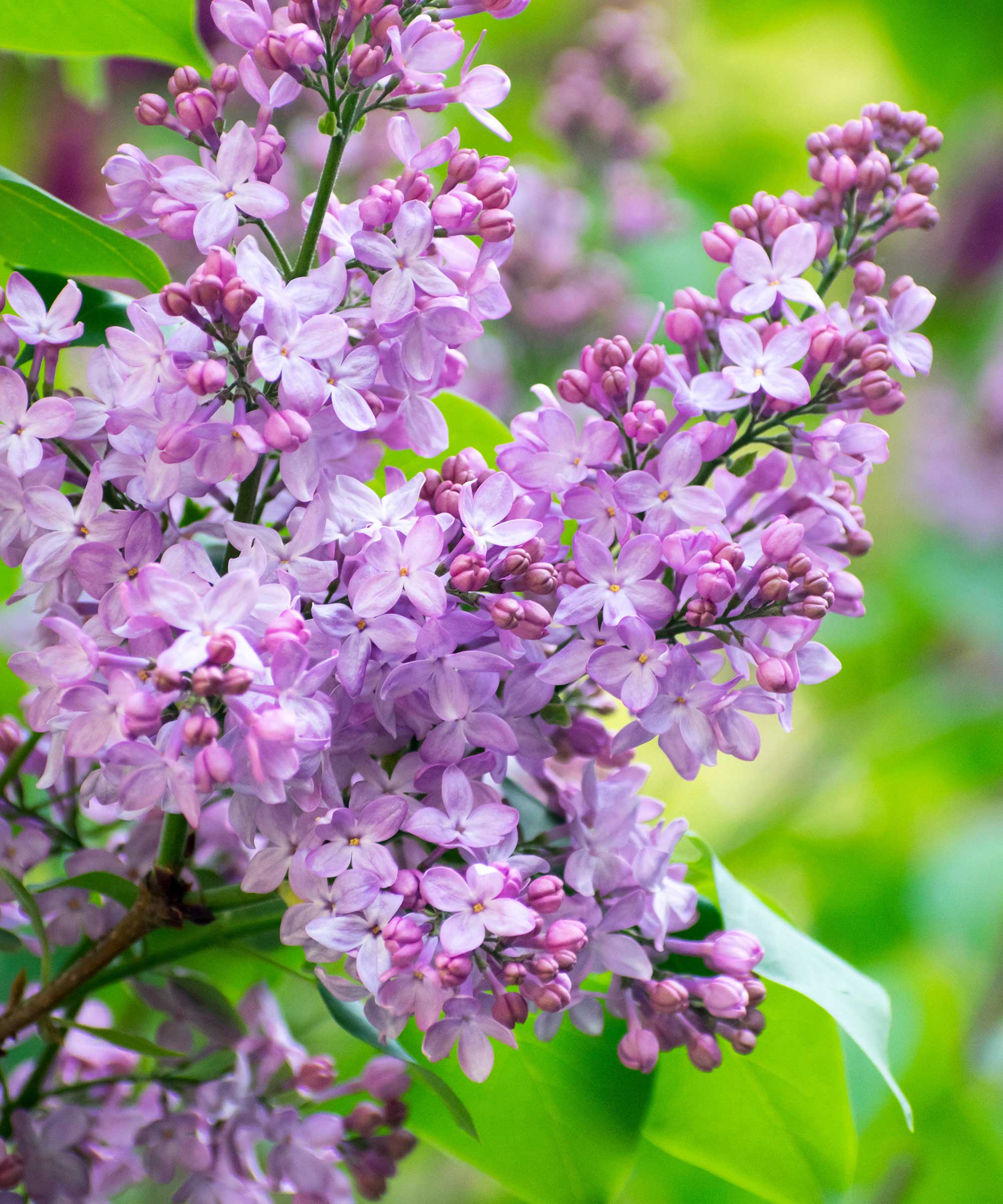
How to grow lilac in pots
Lilacs are spring flowering shrubs that can be grown in a range of settings. There are 12 species within the lilac, or Syringa, plant family, most of which can be grown from US hardiness zone 3 to US hardiness zone 7, with a preference for sunshine and well-draining soil.
Growing advice for lilac shrubs in pots
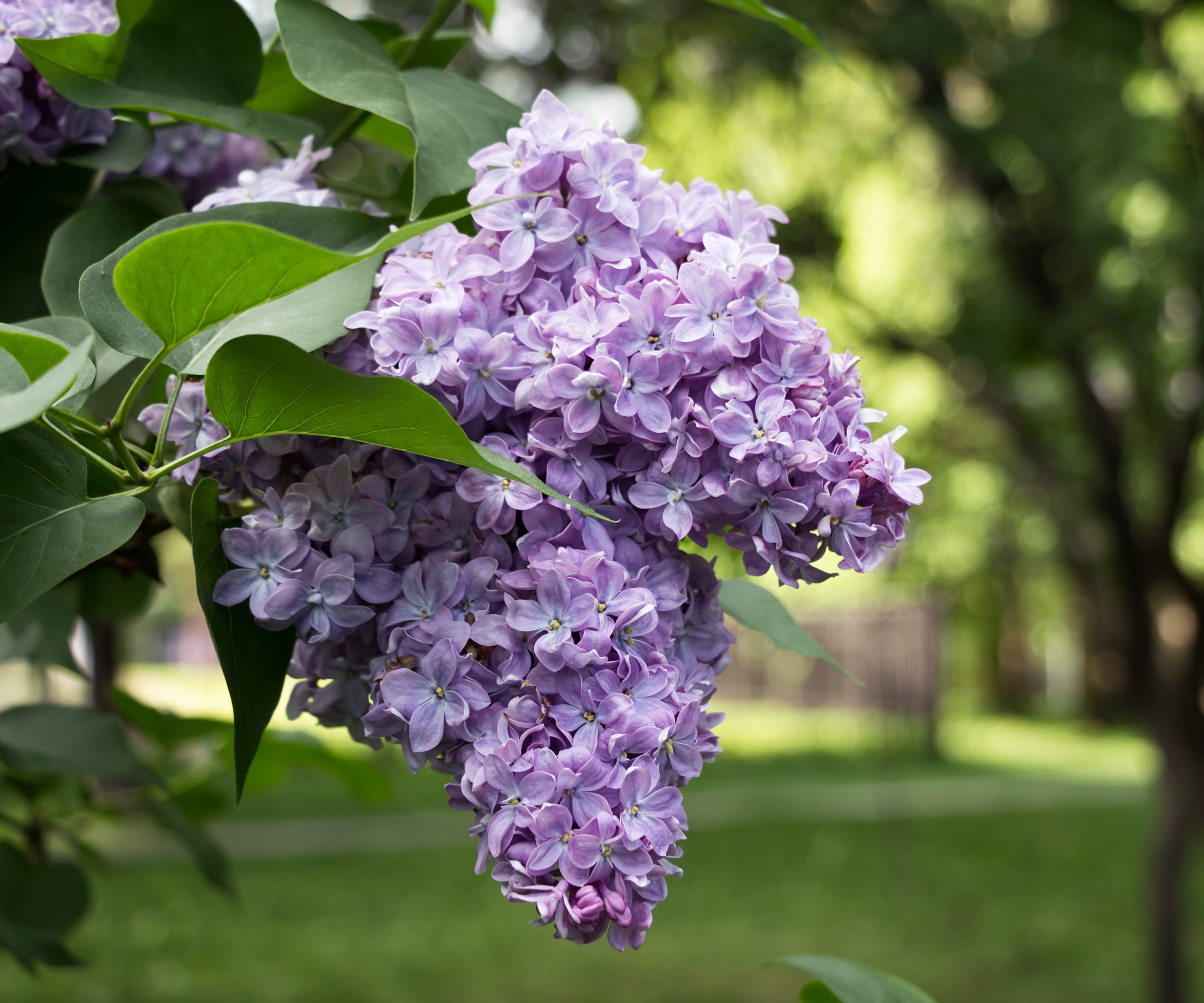
Lilac shrubs might not be the first species that comes to mind when thinking about the best shrubs for containers, but many dwarf varieties can happily grow in pots. For example, 'Bloomerang' will grow no more than five feet and is perfect for container culture. Lilac 'Bloomerang' live plants are available from Amazon.
'To grow a lilac in a pot you are going to want to start with a larger container to give it plenty of room to develop,' says Bert Bast, garden expert and owner of Bast Brothers Garden Center in New Jersey.
'Opt for a container that is at least 10, 12 or 15 inches in diameter,' Bert says. 'You want to move up at least a few inches to encourage your lilac to grow, so the exact size will depend on the plastic pot that your new lilac plant arrived in.
Design expertise in your inbox – from inspiring decorating ideas and beautiful celebrity homes to practical gardening advice and shopping round-ups.
'Make sure you position your pot in full sun, where the plant will enjoy six to eight hours of direct sunshine each day. Also, find a spot that is easy to access for watering in the warmer months. Lilacs drink a lot of water,' Bert adds, 'and they might even need a drink twice a day during high summer.'
Next, place an inch or two of drainage material in the pot. You can use a combination of grit, gravel and perlite to improve aeration and prevent soil from clogging the drainage hole. Perlite is available from Walmart.
'Then, fill your pot using a fertile potting mix,' Bert says. 'Firm the soil around your lilac, ensuring that your shrub is at the same level as it was planted in the plastic pot. You do not want to plant too deeply, as this can rot the trunk.'
Deep watering is important, especially just after you plant the shrub and during the hot summer months. Remember that pot plants are reliant on you for all water and nutrition, so adding these jobs to your spring and summer gardening checklist is important.
'In terms of how to fertilize lilacs, younger plants will not need much feed,' Bert cautions. 'You can incorporate a scoop of bone meal which is high in phosphorus and therefore good for root development, but only use a small amount when planting.
'For mature plants that have been in the pot for over a year, use an organic plant food in spring.' Try something like Burpee organic fertilizer, available from Amazon.

Bert Bast is a garden expert and owner of Bast Brothers Garden Centre. Established in 2014 and nestled in the heart of Mullica Hill, NJ, Bast Brothers Garden Center is a destination for all things garden.
Lilac varieties to grow in pots
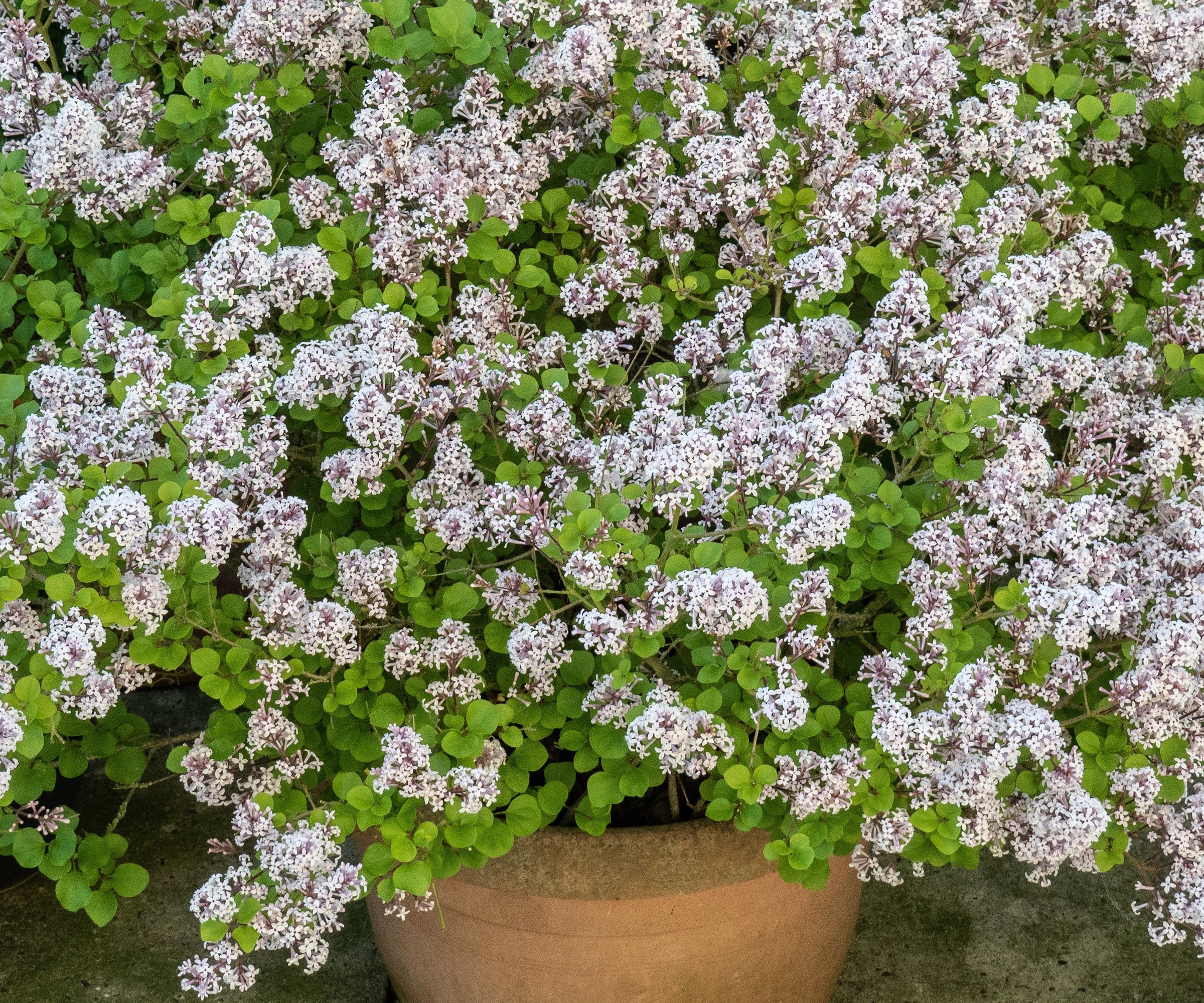
Common lilac, Syringa vulgaris, can grow anywhere from 13 to 25 feet once fully established. While this would be fine when planted in the ground, for containers, you want a shrub that is more modest in scale.
Taller specimens can topple in the wind, so growing a smaller shrub is preferable. Fortunately for us, there are a handful of dwarf lilac varieties that are well-suited for pot growing and will only reach four or five feet in height.
For example, the Korean lilac, or Syringa meyeri 'Palibin', is a bushy option that reaches a maximum height of five feet. This variety is hardy down to zone 3, although if heavy snow or frost is forecast, you might want to protect the roots by wrapping the pot base in burlap.
Live dwarf Korean starter plants, or Syringa meyeri 'Palibin', are available to order from Amazon.
'Josee' and 'Tinkerbelle' are two other compact varieties, usually growing to a height of four or five feet. 'Tinkerbelle' is notable as an early bloomer and prized for its spicy scent, whereas 'Josee' will produce masses of lavender-pink flowers.
Finally, one other option to consider when growing dwarf lilacs is 'Bloomerang'. With a four-foot by four-foot height and spread, this smaller variety is ideal for pot growing.
For smaller specimens, you can deadhead lilac flowers in spring to keep the shrub looking good, but if you cannot reach, do not worry, the brown petals will eventually drop.
FAQs
When is the best time to repot lilac shrubs?
Every two or three years, you will want to repot your lilac shrub into a slightly larger container. Even providing one or two inches more room and refreshing the soil will do your plants the world of good. 'Repotting or transplanting of lilac plants is best done in the springtime when the temperature is mild but the plant has not yet surged into life,' Bert says.
It is also a good idea to remember to prune lilac every year, just after the flowering period. Lilacs flower on old wood, so pruning in late spring gives your shrub plenty of time to regrow before the onset of fall and winter.
Remove any crossing or inwards branches to improve air circulation which will also prevent mildew and other problems from developing.

Thomas is a Content Editor within the Gardens Team at Homes and Gardens. He has worked as a professional gardener for both public spaces and private estates, specializing in productive gardening, growing food and flowers. Trained in Horticulture at the Garden Museum, he has written on gardening and garden history for various publications, including The English Garden, Gardens Illustrated, Hortus, The London Gardener and Bloom. He has co-authored a Lonely Planet travel book, The Tree Atlas, due out in 2024.
